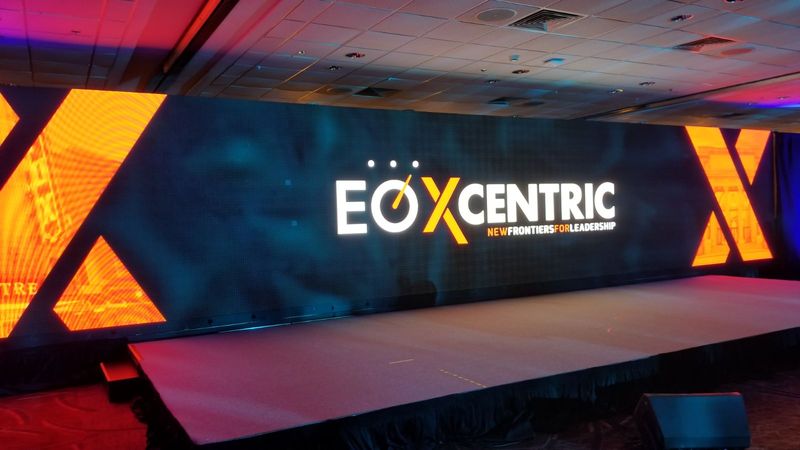Exploring the Diverse Integration Options Available for Light Emitting Diode Wall Modules
Exploring the Diverse Integration Options Available for Light Emitting Diode Wall Modules
Blog Article
Light Emitting Diode wall units have secured traction for their ability to deliver high-quality imagery in multiple settings, from corporate environments to event venues. One of the most significant aspects of these panels is their connectivity options, which allow users to connect them to different devices and systems. Comprehending the broad connectivity options available for LED wall panels is essential for enhancing their use and effectiveness. This article explores these features, showcasing how they can adapt to specific needs and preferences.
One frequent interface approach for Light Emitting Diode wall panels is High-Definition Multimedia Interface. HDMI is widely recognized for delivering high-quality video and audio signals between components. This connection type is particularly beneficial in business settings, such as conference rooms or training rooms, where presentations or video content are often shared. By using digital connectors, operators can easily link laptops, projectors, and streaming equipment to LED wall panels, ensuring a sharp and vibrant display of information.
Another commonly used connectivity method is DisplayPort, which is similar to High-Definition Multimedia Interface but offers enhanced advantages. DisplayPort can support elevated refresh rates and display outputs, making it an ideal choice for interactive media or graphic-intensive applications. For those using Light Emitting Diode wall panels in environments where performance is critical, such as competitive gaming venues or creative workspaces, DisplayPort can provide the necessary visual clarity. Moreover, many modern computers and graphics cards feature DisplayPort connections, making it a convenient option for technology-oriented professionals.
In contrast to HDMI and DisplayPort, wireless transmission methods are becoming increasingly browse around here prevalent in LED wall panel solutions. Cable-free connections allow users to transmit content without the need for physical cables, enabling a streamlined and more adaptable setup. Technologies such as Wi-Fi and short-range communication enable users to connect smartphones, tablets, and laptops directly to Luminescent Diode wall panels without tangled wires. This versatility is especially beneficial in dynamic environments like exhibitions or live functions, where rapid changes to displays are often needed.
For larger deployments or more complex setups, network connectivity through wired networking is another reliable solution. Wired links provide a stable and reliable way to connect multiple LED published here wall panels within a network. This approach is suitable for electronic display use cases found in retail centers or transport hubs, where numerous panels may need to display synchronized content across a wide area. By using Ethernet cables and network switches, operators can ensure that all linked panels receive consistent updates and information seamlessly.
Lastly, it's important to evaluate the evolution of interface technology with technologies such as Universal Serial Bus-C and Thunderbolt 3. These newer connection types offer increased data transfer speeds and versatility by allowing one cable to handle both energy transfer and data exchange. As more systems incorporate these standards, LED wall panels equipped with Type-C ports will likely become more prevalent. This evolution in connectivity not only enhances the functionality of LED wall panels but also aligns with the growing trend of minimalism in technology setups by reducing the number of wires required.
In conclusion, exploring the diverse connectivity options available for LED wall panels reveals many possibilities for users across various fields. From traditional approaches like HDMI and DisplayPort to modern wireless technologies and LAN setups, each pathway serves specific functions suited to distinct needs. Furthermore, next-gen technologies like USB-C promise further advancements in how users interact with LED wall panels. By grasping these integration alternatives, end-users can make strategic decisions that enhance their overall experience with these versatile display tools.
